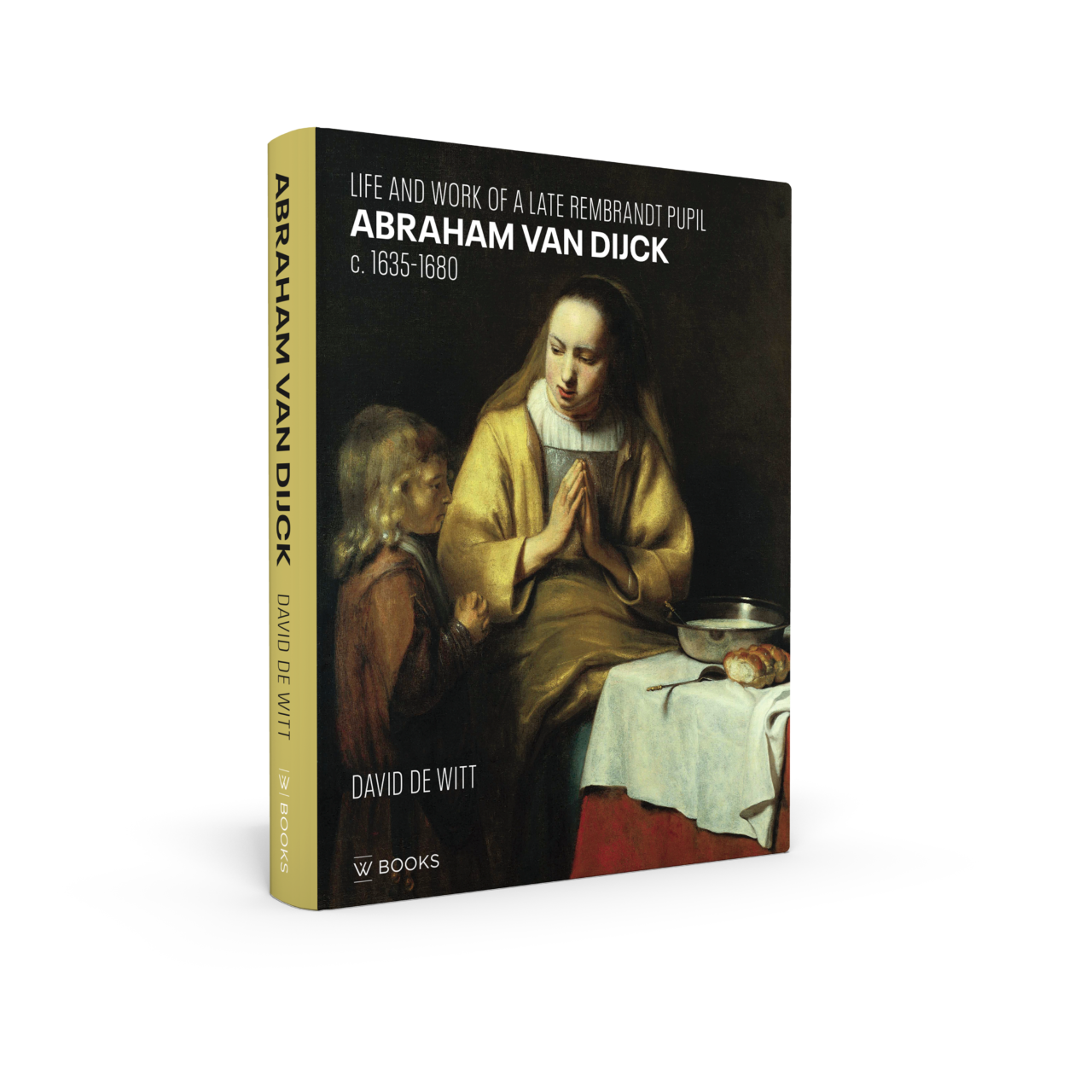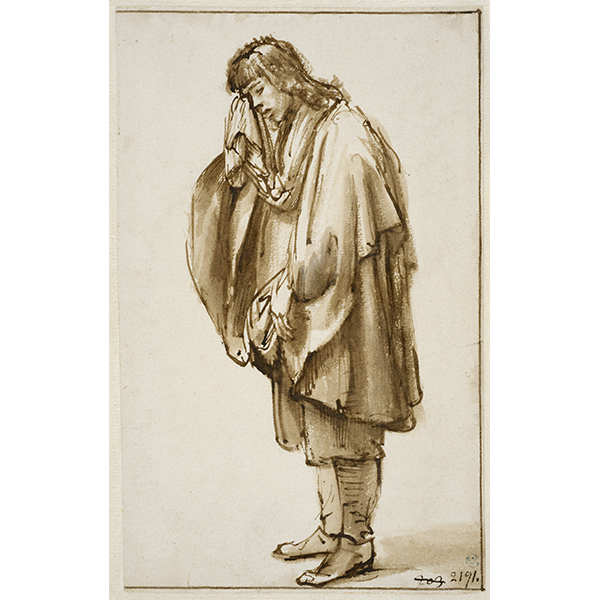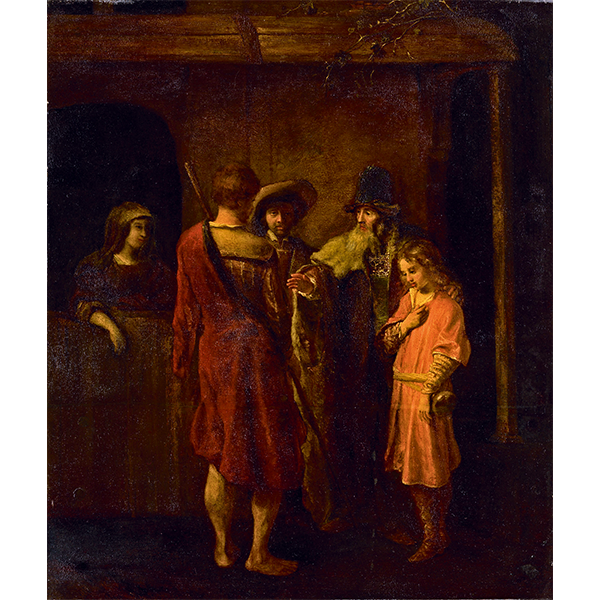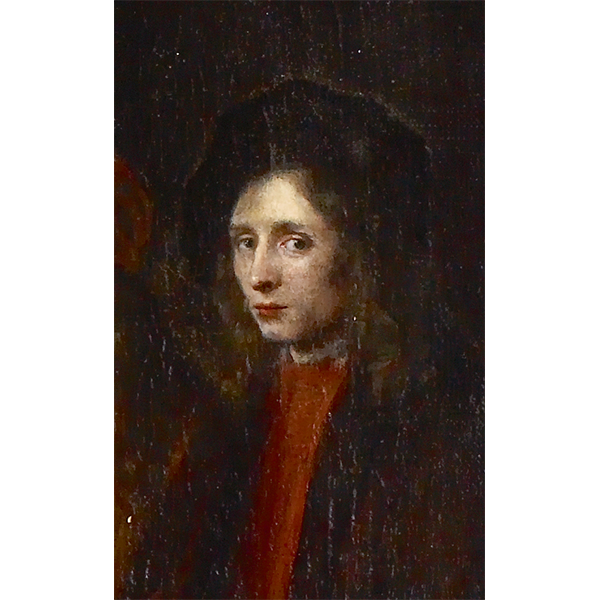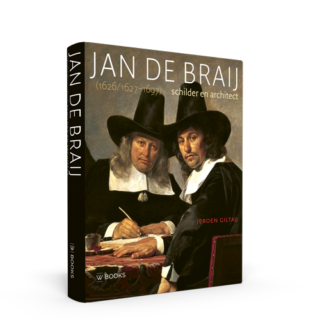In the years around 1651, Rembrandts young charges followed him in the turn of this late style, with its concentration, inner emotion, impasto handling, and restrained dynamism.
Around then the young Abraham van Dijck also arrived from Dordrecht to complete his study. He quickly grasped his master’s new direction, but also developed a gentle and vulnerable alternative to it: exploring the evocation of inner life, with daring experiments in light and handling. Together with fellow pupils Nicolaes Maes, Jacobus Leveck and Cornelis Bisschop, he returned to Dordrecht for a brief and fertile period of painting and drawing. Eventually he succumbed to the siren call of Amsterdam once more.
This is the first comprehensive monographic study of his remarkable achievement in drawing and paintings (with many revisions) and his distinctive contribution to the art of this period.
